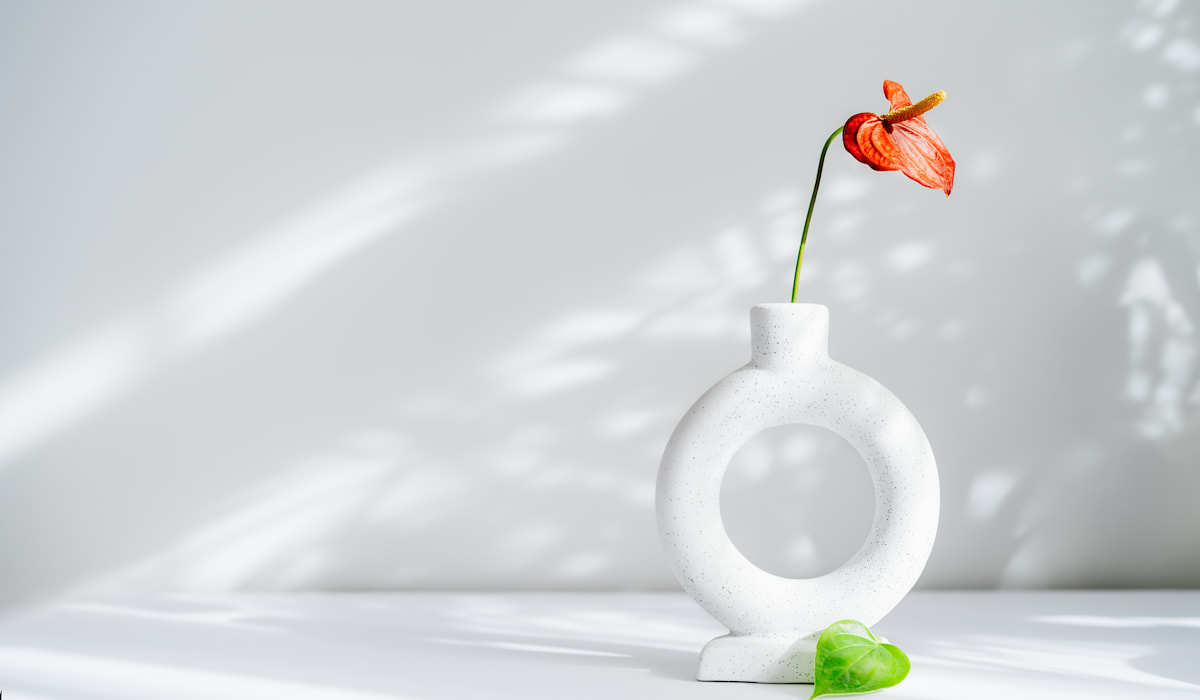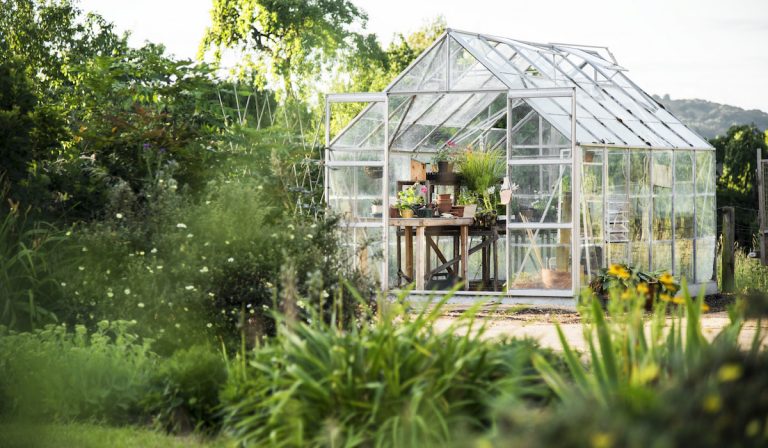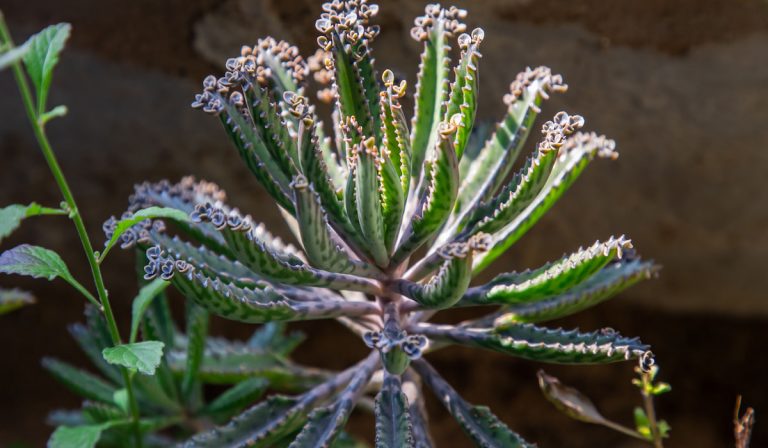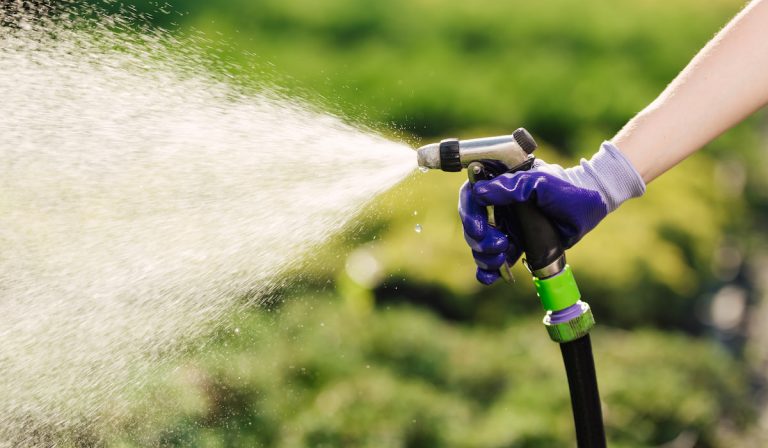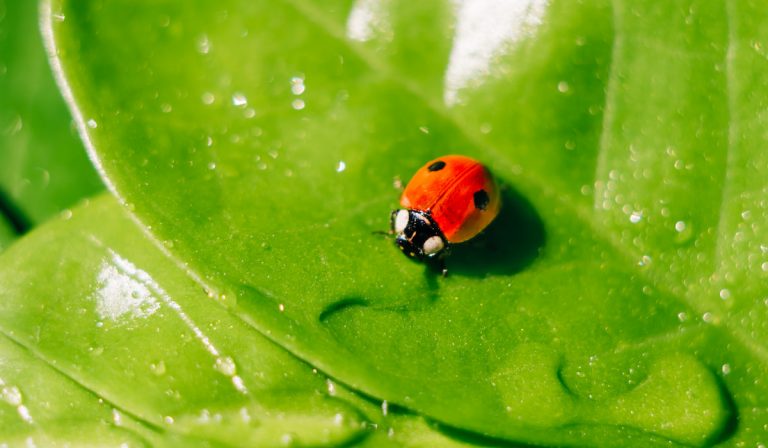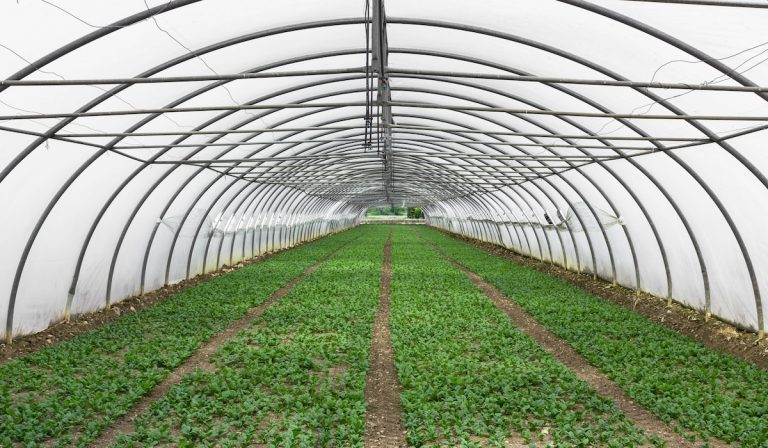13 Types of Indoor Flower Plants for Beginners
Sometimes, we admire the little flower garden we see as we drive through the streets on the way to work every morning and we wonder if we could own something of such beauty.
Some apartments may not let their occupants have plants outdoors.
You may even be a corporate worker or a busy business person and may not have all the time in the world to look after your plants.
Indoor plants are the solution to all these problems.
Indoor plants are plants that can thrive inside the house, they don’t require too much care and attention.
They are the perfect choice for beginners and inexperienced plant owners. They usually require only a little amount of watering, and are pretty easy to put in a pot.
You won’t have to go overboard with the care and maintenance of these plants and you don’t have to get your hands dirty weeding as you would in a garden.
For the beginner looking to have an indoor plant, the aim is to find one that requires little care, and one that is not overly sensitive to change in weather or atmospheric conditions.
Below is a list of thirteen indoor plants that require the barest minimum care to thrive.
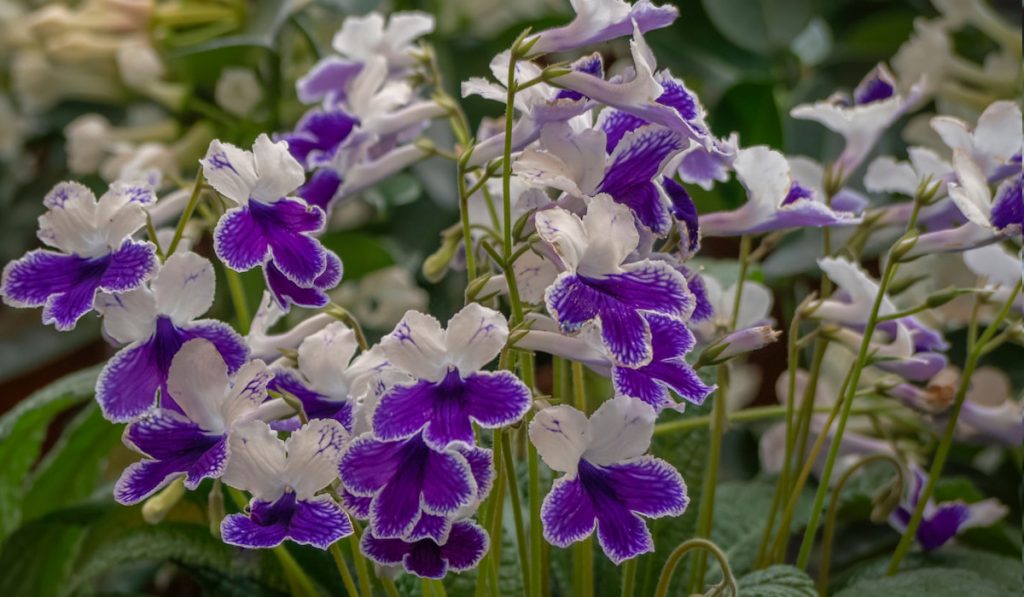
Table of Contents
1. Cape Primrose
These are very forgiving house plants.
They are able to survive intense neglect even when their leaves start to wilt. The flowers come in colors such as purple, pink, white, red, blue, etc. and they are also known to last a very long time.
They require bright and indirect sunlight with a temperature of under 75 degrees.
They require high humidity and should be placed on a humidity tray or near a humidifier.
Do not mist this type of plant. Watering is done on a regular basis and especially when the soil is dry. The soil should be fertilized once a month for optimal growth.

2. African Violet
This is a very common choice of indoor flowers and it is very popular.
They require an adequate supply of light and humidity.
It is best to place them in a location where they can get optimum sunlight, preferably close to the window or under an artificial source of light for at least 14 hours daily.
All they need is regular watering to keep the soil moist.
High phosphorus fertilizer usually in the ratio of 15-30-15 should be added once a month to help provide extra nutrients for the plants.
They should be kept under temperature ranging from 65 to 75 degrees Fahrenheit. They shouldn’t be in a room lower than 60 degrees Fahrenheit.
They require high humidity levels to make them grow adequately. A humidifier can be used to provide this task, or you can fill a shallow tray with pebbles and water, and place the plant on the tray.

3. Begonia
This beautiful flower exists in different colors.
They can tolerate low light and can withstand pest and disease attack. Don’t put them under direct sunlight as this can burn out the leaves.
You can leave them under general indirect light for better effect.
They require warm temperatures ranging from 62 to 72 degrees Fahrenheit for optimum growth. Avoid keeping them in a room below 55 degrees Fahrenheit.
They also require high humidity which can be achieved by daily misting. A humidifier or a humidity tray can be used in cases of extremely dry indoor weather.
Avoid watering the soil regularly to prevent water logging.
Begonia requires moist and not wet soil, so it is best to water it only when you notice the soil visibly drying out.
Only apply fertilizers when there is visible active growth and not when the plant is dormant.
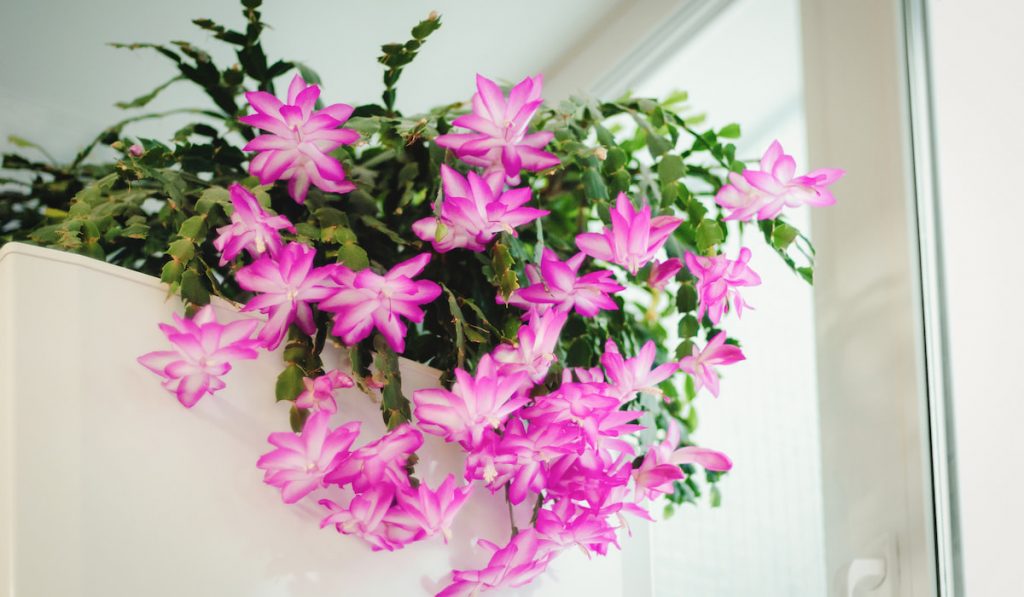
4. Christmas Cactus
These are everybody’s favorites because they bloom in and out of season especially during Thanksgiving and Easter.
Their blooming flowers come in various colors such as white, pink, red, coral etc. They thrive under bright but indirect sunlight and relatively warm temperature.
They require moist and not wet soil so they should only be watered when the soil is dry. Fertilizers can be applied once in a while on the soil during the growing season.
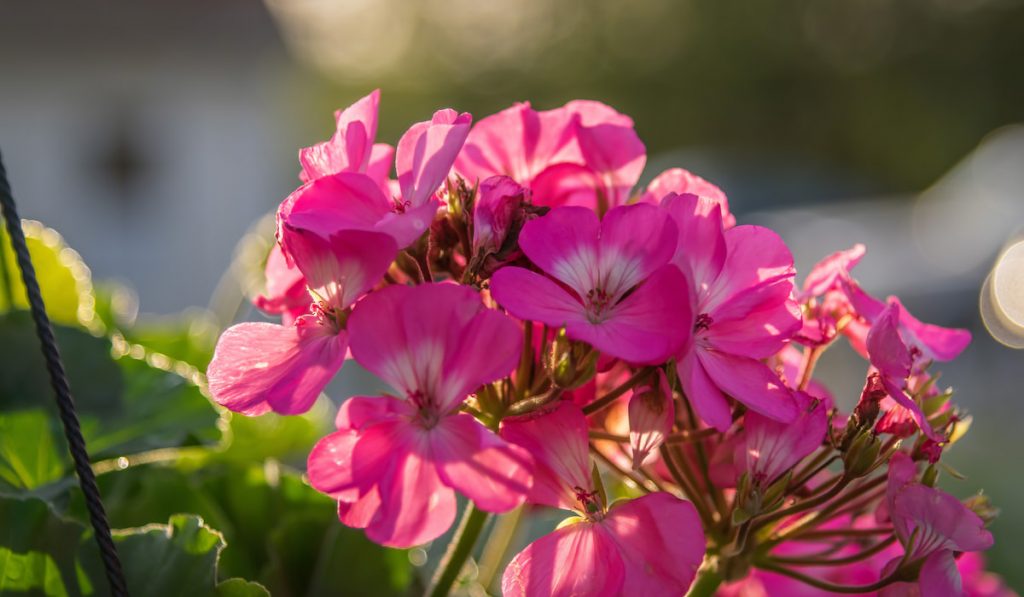
5. Geranium
They are one of the easiest indoor plants to grow for beginners. They flower all year round when they receive enough sunlight and care which makes them a beautiful sight to behold all the time.
Unlike most indoor plants, geraniums are not tropical and do not require you to have a humidifier as high humidity has been known to cause edema.
Also avoid putting them close to plants that require high humidity.
They do require a great amount of light and should be placed close to the windows that let in optimum sunlight. Artificial lights can also be used as alternatives.
They thrive better at temperatures between 55 to 70 degrees.
They do not overly need water. Water only when the soil has dried out to prevent water logging.
Fertilize the soil two times in a month with a water soluble fertilizer that is high in phosphorus.
Fertilizer should be applied every two weeks from March to October as this is their growing season.
Geraniums are no doubt one of the easiest indoor plants to take care of and maintain as they do well on their own.
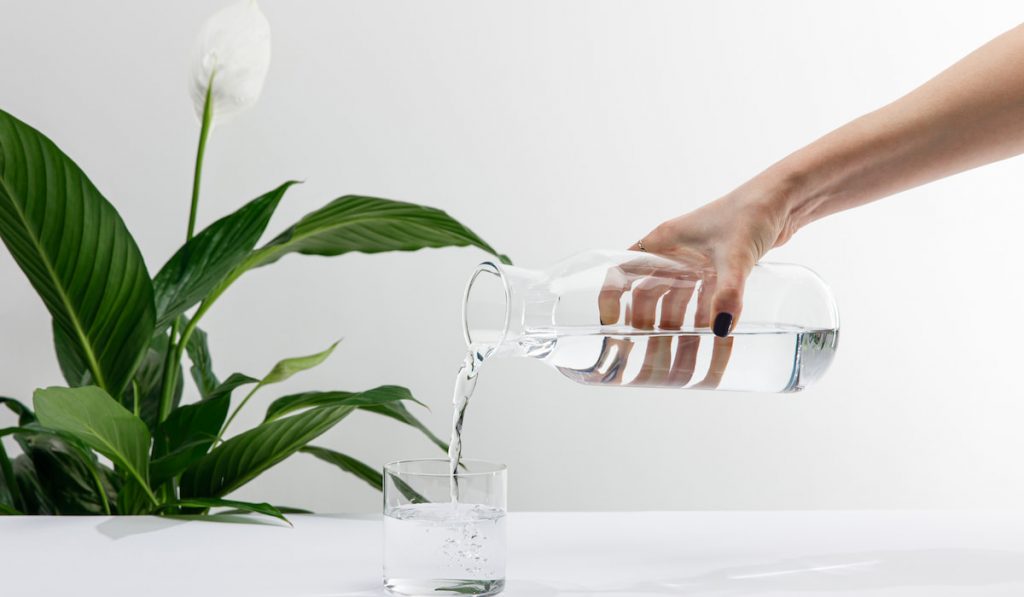
6. Peace Lily
Peace lilies have been called the ‘perfect houseplants’ over the years as they require only the tiniest amount of care.
Their white flowers illuminate the atmosphere and increase their beauty. They are low-light staple plants as they can tolerate low-light and still flower, albeit at a bit lower rate than normal.
They require bright but indirect light, so avoid placing them directly under the sun as this will cause wilting of leaves, and also stunt their growth process.
They do well in temperatures between 65 to 75 degrees Fahrenheit but never below 60 degrees.
They require high humidity and should be placed near a humidifier or on a humidity tray. Low humidity will lead to browning of leaves at the edges.
They require only a small amount of water. Moist but not wet soil are perfect for peace lilies.
Even when you forget to water them for a while and their leaves begin to droop, re-watering the plants will cause all the leaves to rebound.
They don’t need to be fertilized regularly. Once or twice a year especially when they are blooming is perfect for them.

7. Amaryllis
The flowers of this plant can grow up to six inches and are available in different colors like, yellow, red, pink and white.
Some are genetically modified to produce multicolored blooms.
Place your amaryllis under direct sunlight in its growing season for optimal growth and move away from direct sunlight during its blooming season to make the flowers last longer.
They dwell well in typical room temperature, so you don’t have to go overboard trying to maintain a specific temperature.
However, they need to be moved to a cool dry place for a period of eight weeks to induce dormancy.
They require only medium humidity to grow well.
Their soil should be moist but not wet. Do not water regularly to prevent water logging the soil. It is best to water regularly when the plant is blooming and to reduce water level after blooming.
The plants should be fertilized every five weeks after the flowers have faded. Avoid fertilizing your plants when they are in the dormant period.
The amaryllis plant requires more care and attention than other indoor plants, but they are relatively easy to grow and are worth it.
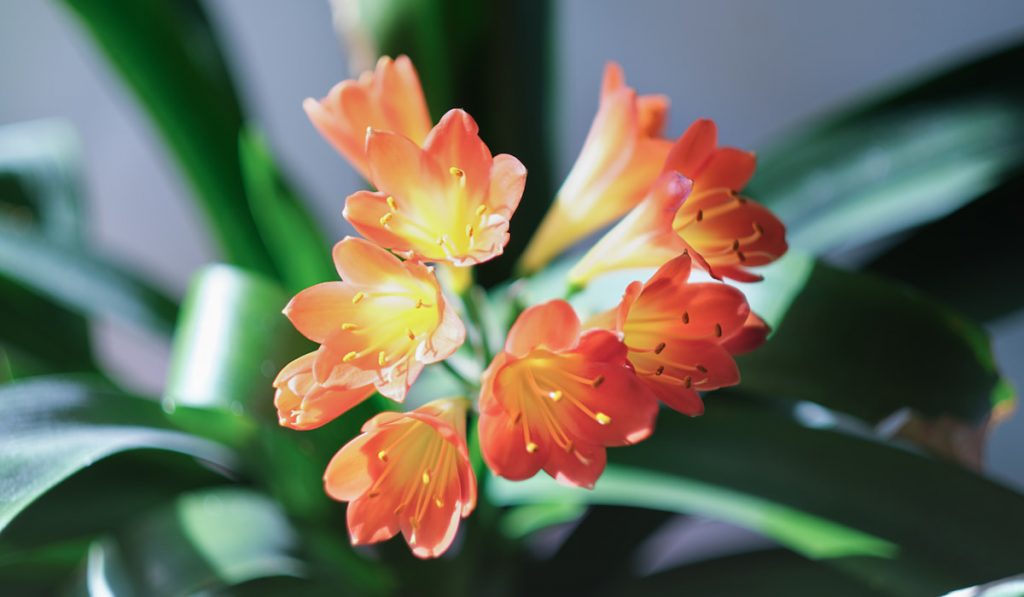
8. Kaffir Lily
This plant is also known as Bush lily.
They produce a large cluster of colorful flowers for the little care they require. They look like amaryllis from afar but their flowers are smaller.
Bush lilies like amaryllis need to undergo a certain period of dormancy for about six to eight weeks to induce blooming.
They require bright but indirect or filtered light. They will grow in low light, but won’t flower.
They require normal room temperature and medium humidity. Water the plants when the soil is dry to prevent water logging.
Fertilizers should be added monthly except during times of dormancy.
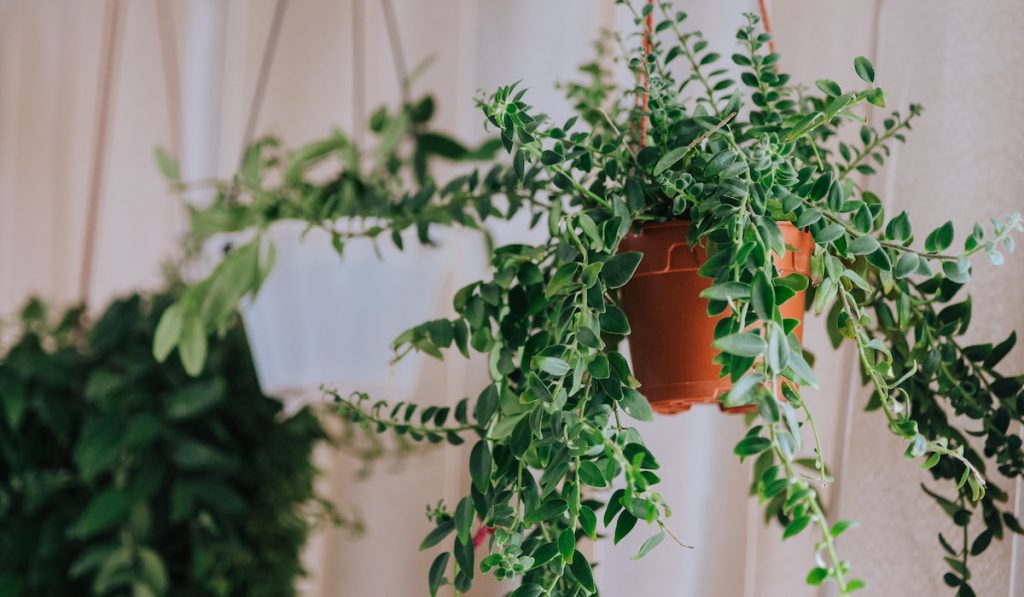
9. Lipstick Plants
The shape of their flowers are like tubes of lipstick hence the name.
Their flowers are dark red in color, mimicking the shape of a dark red lipstick.
They are best grown in hanging baskets that allow filtered light into it. Avoid placing them under direct sunlight as the plants may wither.
Optimum temperature for growth ranges from 65 to 85 degrees Fahrenheit. They can also do well around 55 degrees in the winter.
They require very high humidity, so a humidifier is needed. Also spray the plants with water daily.
They are watered regularly during their growing period but watering should be reduced in winter.
Recommended fertilizers for the lipstick plant should be high in phosphorus like the 15-30-15 fertilizer and should be applied only once a month.

10. Hibiscus
This is an outdoor plant that adapts very well to the indoor environment. They produce large flowers that last for some days but can bloom from spring to fall.
They require bright but indirect sunlight to prevent from drying out. Water the soil only when it has dried out to prevent too much water from gathering in the soil and reducing aeration.
11. Flame Violet
Originated from the family of African violets.
These indoor plants are quite easy to care for. Their flowers range from red to orange. They can bloom from summer to fall which leaves your house looking colorful and beautiful.
They require bright but indirect sunlight as direct sunlight will cause them to wilt and die.
They do not do well under low temperature and are best kept in rooms with temperature ranging from 65 to 80 degrees Fahrenheit.
They require high humidity but zero misting as they can’t tolerate water on their leaves. Only water their soil a little in the summer and less in the winter.
Fertilizing should be done every two weeks and only during the summer.
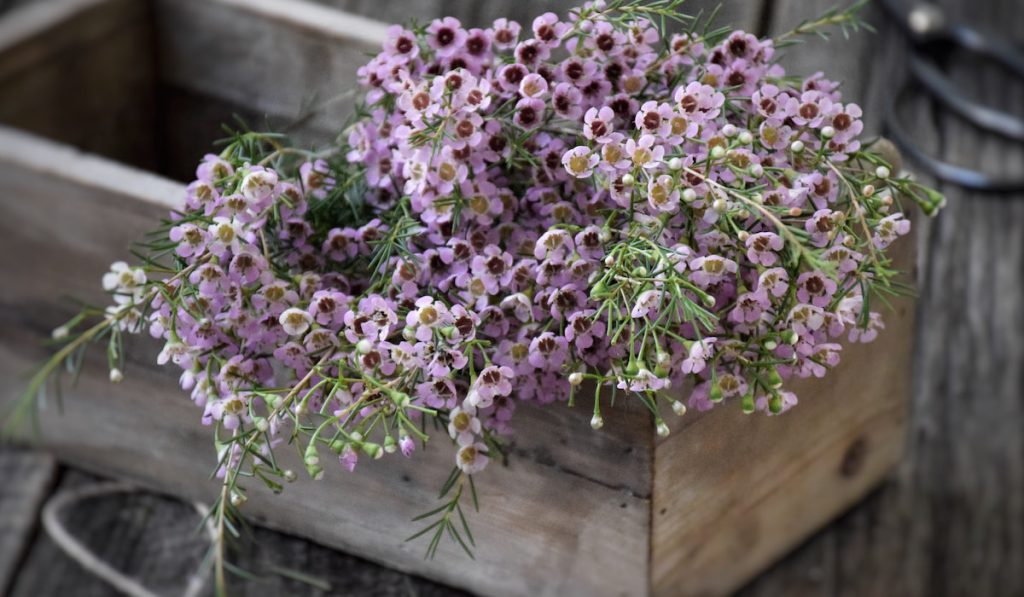
12. Wax Flower
This is a climbing houseplant that produces beautiful waxy flowers. Asides from the fact that you will have to wrap leaves around a trellis, wax flowers are quite easy to care for.
The pots or baskets containing the plant can also be placed on a high counter while the leaves grow downward to form a beautiful sight of dense and colorful flowers.
They require bright and indirect light in a temperature ranging from 60 to 75 degrees and a high level of humidity. Dormancy will be forcely induced if the plants are left under low temperature for too long.
Only water soil when it is visibly dry to prevent water logging.
They should be fertilized only once every month with a water soluble plant fertilizer.
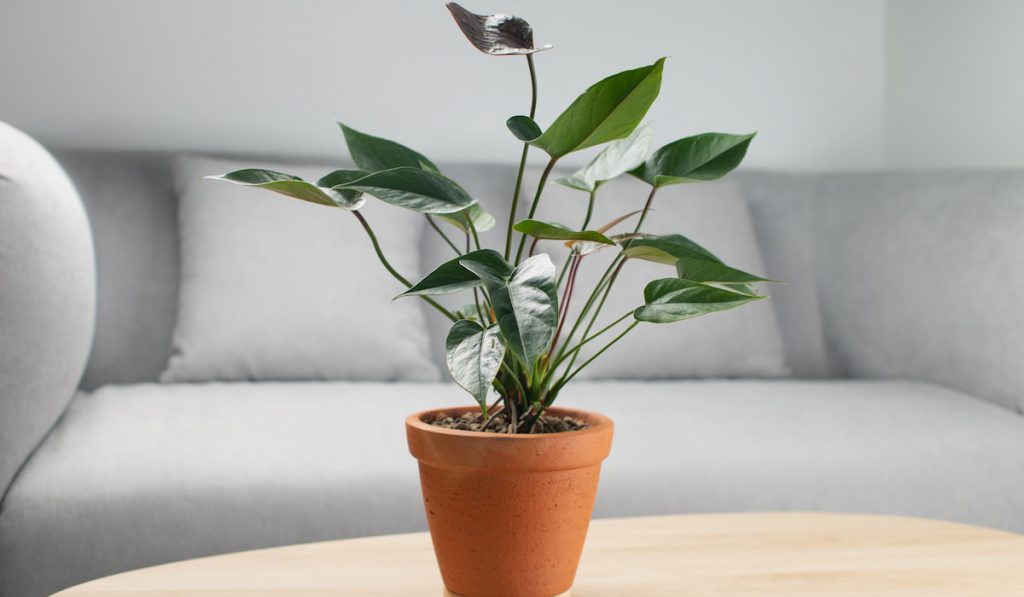
13. Flamingo Flower
For a beginner who doesn’t know where to start and doesn’t have all the mechanisms in tow yet, the flamingo flower should be your first pick.
Like a house guest that makes you happy without being overly needy, this plant requires little or no care to thrive.
They thrive under warm and low light that is common in most homes, and their flowers last for a very long time.
Avoid placing them in direct sunlight to keep them from burning. Keep the temperature within 60 to 80 degrees and their humidity at a very high level.
They require misting to keep their humidity high, along with a humidifier or a humidity tray.
The soil should be watered when it is slightly dry and the amount of water should be very little.
They should be fertilized every two-weeks with a water soluble fertilizer.
Conclusion
If you are looking for a companion that requires little care and attention, houseplants are your best bet.
They are beautiful, especially when their flowers are blooming and in full season, and they require little or no attention and will forgive you for neglecting them once in a while.
This list should help you get started in creating your own indoor houseplant escape.

